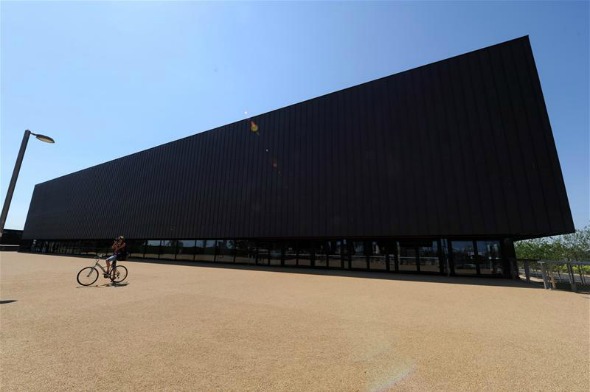London 2012 – The venues four years on
August 8, 2016
The Rio Olympic Games are now underway, but the build-up to them has not been without controversy, with public protests, as well as issues involving security, the Zika virus and doping. It appears, at least from the outside, that public support for the Games is at an all time low.
The Games themselves last just a few weeks, with the Paralympics taking place shortly afterwards, before attention will shift to what the legacy of the Rio 2016 Games will be.
Creating a successful legacy from a major sporting event is not an easy task, the 2014 World Cup is a good example of governments building white elephants, at enormous expense to the taxpayer. Arena Amazonia was built in Manaus – a remote city in the middle of the rainforest that doesn’t have a first-division soccer team. The $300 million arena hosted four World Cup group stage games and has barely been used since.
As the Games in Rio kick off, the legacy of the last Games in London is also in the spotlight, four years on.
Tony Wallace is Regional Director of GLL, who operate the Copper Box Arena and Aquatics Centre that were used during the London 2012 Games. The venues were considered successes for their low cost and their ability to be re-used after the Games.
He told iSportconnect that they’ve been working with Rio on how they can create a legacy with their facilities.
He said “Our board met with the Rio Organisers, to advise them on legacy and how that will look. We hosted the Brazilian Olympic team in 2012 at Crystal Palace Sports Centre, which is one of our other venues, so we have a great relationship with Brazil, hopefully they will take that on board to make that as good as London’s. We’ve met with Tokyo delegates as well on a number of occasions, to view the park and the legacy as well, so people are taking London as a case study for the success of legacy.”

But how do GLL define the success of the Games in terms of their venues? Well, Wallis was able to produce some impressive statistics in terms of use of both of the venues:
“The Aquatics Centre has had over 2 million visitors and the Copper Box has reached over a million recently. Across both venues we have over 5,000 members who use the venues as their regular gym facilities. From a local population point of view over 90% of Copper Box members are local and 85% of aquatics members are local, so it is local people who are using the facilities- which might not have been the case, people might have seen them as elite venues, but that isn’t the case.”
“The Copper Box Arena works with over 20 schools and 30 clubs on a weekly basis for training and practice while the Aquatics Centre has 50 schools using it on a regular basis. It is fantastically well represented across the community.”
Post-Games, running two venues is quite the challenge. These venues need to be available for major events and general use: it’s not easy to keep the venue available to everyone.
Wallace continued: “We are partnered with a ticketing agency, so we will sell tickets in partnership with event organisers. We have security staff who we are able to offer event organisers and a catering partner who we can offer as well. The Copper Box hosts around 100-150 events a year so our team are well skilled in changing the venue from event mode to community mode.”

With the next Olympics underway, does Wallace think there will be an increase in the use of the venues? It’s something he seemed quite confident on.
“We anticipate that the interest in the Rio Games will build, and naturally people will cast their minds back to 2012, so we can encourage people to come to the venues. We get a lot of day destination visitors, not just these venues, but the whole Olympic Park. People still resonate with London 2012, and I think will remain the case heading into Tokyo 2020.”
{jcomments on}



